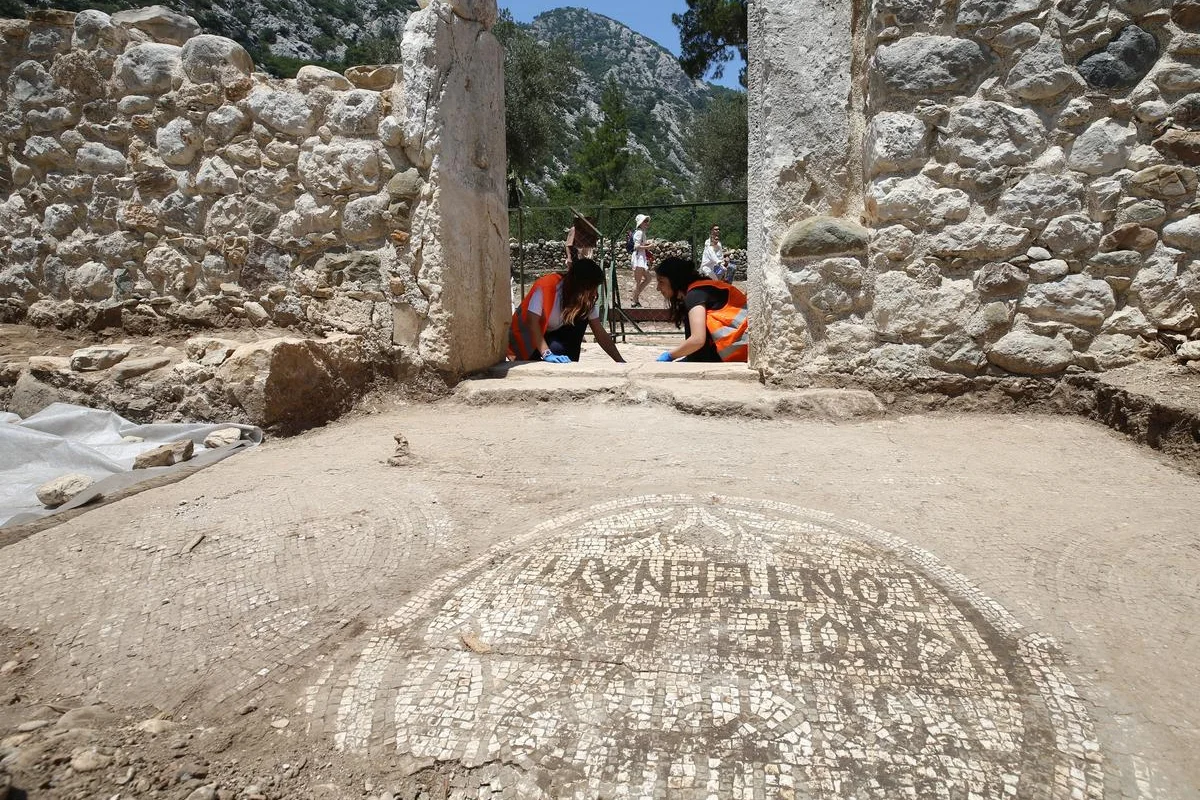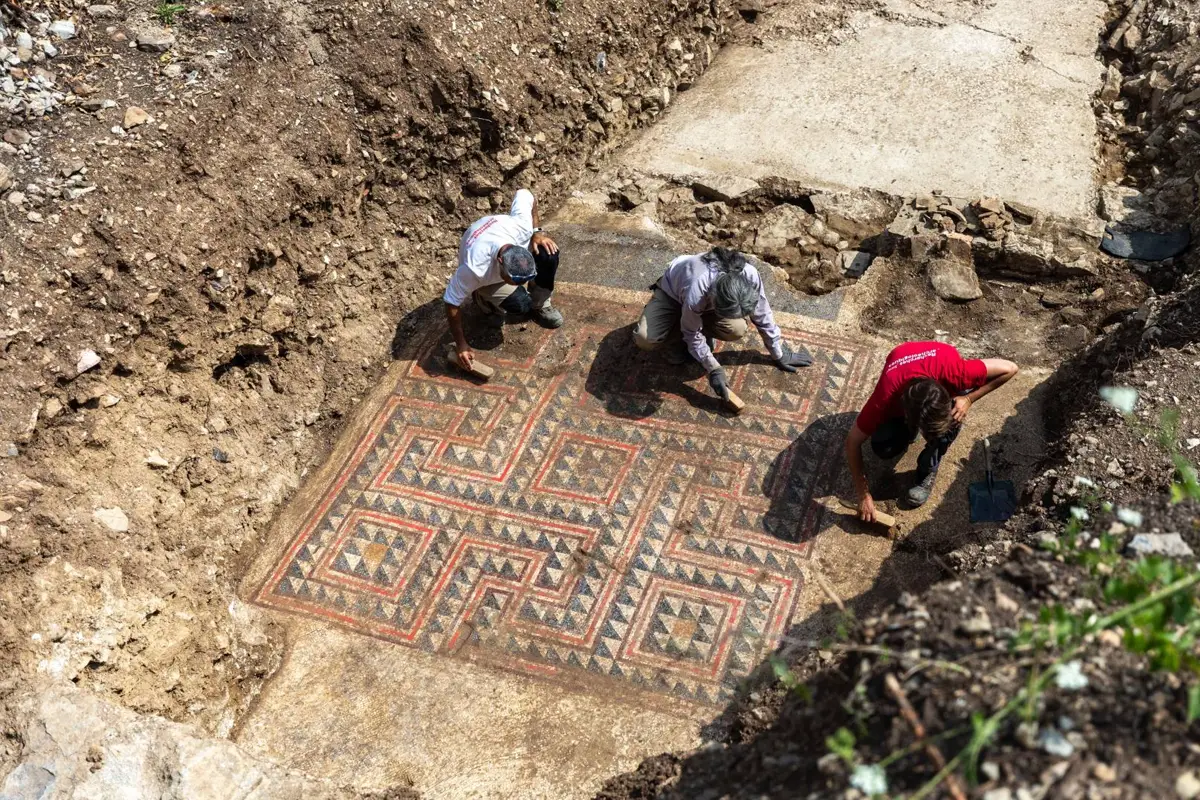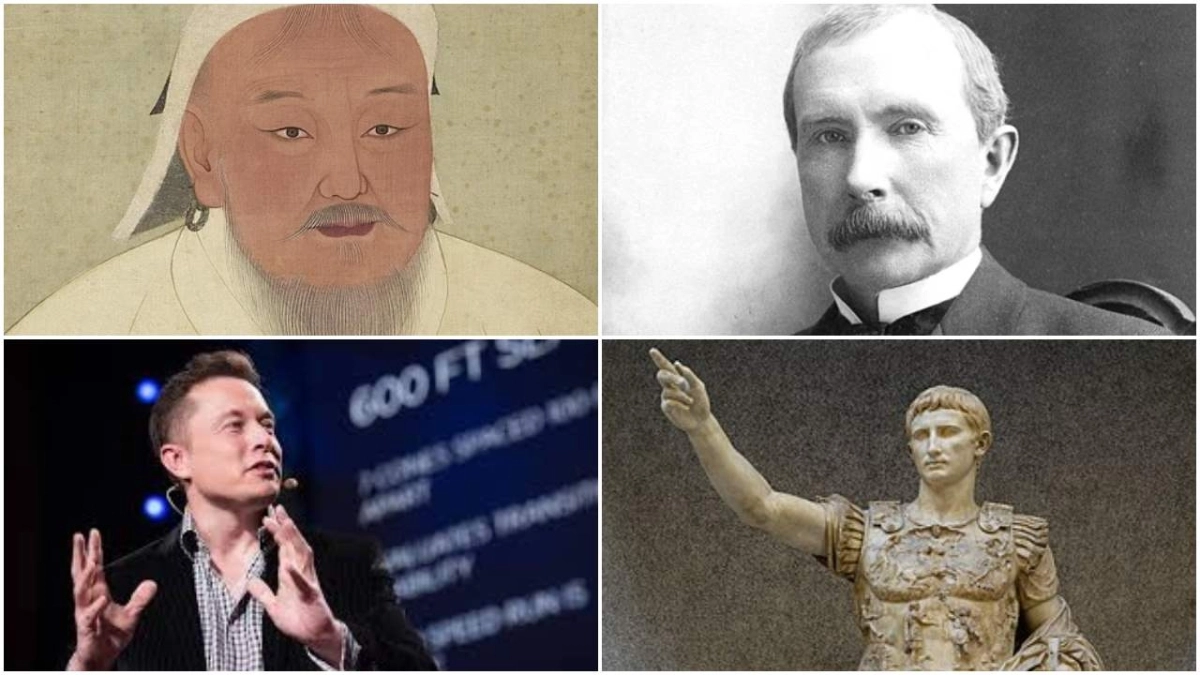The civilizations of ancient Greece and Sumeria, despite being separated by time and geography, exhibit remarkable similarities in their development and organization. Both civilizations were structured around city-states that played central roles in their societal, cultural, and political lives. This comparison reveals how the foundational elements of urbanization, political organization, economic practices, and religious influence shaped their respective societies. Exploring these parallels provides deeper insight into the common threads that weave through human history, highlighting how diverse cultures can evolve in similar ways when faced with analogous challenges and opportunities.
Sumerian Civilization and the Importance of City-States
Sumerian civilization, one of the earliest known societies, was fundamentally organized around city-states. These city-states, such as Ur and Uruk, were pivotal in structuring the social and cultural framework of Sumerian life. Each city-state revolved around central institutions like temples and palaces, which not only served religious and administrative functions but also managed agricultural activities and resource distribution. Temples and palaces played crucial roles in supervising the cultivation of fields, maintenance of canals, and the accumulation of surplus goods, which supported specialized workers and artisans. This intricate system fostered a well-organized urban society, deeply interconnected through economic and religious activities.
The development of writing and legal codes was instrumental in the evolution of these urban centers. The need to manage surplus production and complex administrative tasks led to the invention of cuneiform writing, which facilitated record-keeping and the codification of laws. These advancements underpinned the growth of city-states into sophisticated urban entities. While Greek city-states emerged later and differed in their organizational structures, both civilizations shared the foundational elements of urbanization driven by economic and administrative necessities.
Political Organization: Agora vs. Sumerian Palaces
In comparing the political organization of Greek and Sumerian city-states, notable differences and similarities emerge. The Greek Agora, a central public space, served as a hub for political, social, and commercial activities, embodying the democratic spirit of Greek city-states. In contrast, the Sumerian palace was an aristocratic institution, symbolizing the centralized authority of the ruling class. Ancient Mesopotamian cities were initially governed by assemblies, but over time, authority consolidated into the hands of rulers who held hereditary titles, reflecting a shift towards a more hierarchical political structure.
The evolution of the title 'Lugal,' initially denoting a provincial ruler in Ur around the third millennium BC, exemplifies this transition. Over time, 'Lugal' came to represent a secular king of great significance, even extending to foreign rulers like the Egyptians. This shift underscores the centralization of power in Sumerian city-states, contrasting with the more participatory political systems found in many Greek city-states. Despite these differences, both civilizations developed complex political structures that balanced administrative efficiency with the demands of their respective societies.
Economic and Religious Parallels
Economically, both Sumerian and Greek city-states were heavily reliant on agriculture, though their methods and scales of operation differed. Sumerian city-states utilized an advanced irrigation system tapping the Tigris and Euphrates rivers, enabling intensive agriculture and supporting a substantial urban population. This system facilitated surplus production, which was critical for sustaining specialized crafts and long-distance trade. Similarly, Greek city-states, though more geographically diverse, also based their economies on agriculture, supplemented by maritime trade that connected them with other Mediterranean cultures.
Religion played a central role in both civilizations, permeating various aspects of life and governance. In Sumeria, theocratic leadership was prevalent, with priest-kings overseeing both religious and administrative duties. Greek city-states, while often separating religious and political roles, still saw significant overlap, with rituals and festivals integral to civic life. The shared emphasis on religion as a unifying force highlights the cultural and societal parallels between these ancient civilizations, despite their chronological and regional differences.
Societal Organization and Cultural Development
Greek and Sumerian societies differed significantly in their organization and cultural priorities. Greek city-states were characterized by a relatively egalitarian approach to citizenship, where citizens had rights and responsibilities and participation in civic affairs was encouraged. This structure fostered intellectual and cultural development, with education and philosophical inquiry highly valued. In contrast, Sumerian society was more hierarchical, governed by a complex legal system that maintained social order through strict class distinctions.
Both civilizations, however, cultivated a strong sense of identity and belonging among their people. Greeks identified closely with their polis, often linked by myths of founding heroes and shared cultural practices. Sumerians, while identifying with their individual city-states, also saw themselves as part of a larger cultural entity, united by common religious practices and communal activities like bread and beer consumption. This sense of belonging was pivotal in maintaining social cohesion and stability within their respective city-states.
Sanctuary Cities and Governance Structures
Sanctuary cities like Delos in Greece and Nippur in Sumeria illustrate the similarities in governance structures across these ancient civilizations. Delos, dedicated to Apollo, acted as a religious and commercial hub for surrounding Greek city-states, highlighting the integration of religious sanctity and political alliances. Nippur, serving a similar role in Sumeria, was a sanctuary city without direct political representation, where the highest sovereign authority lay with the priest-kings of other cities. These sanctuary cities exemplify the blend of religious significance and political strategy, underscoring the complex interplay of governance, religion, and social organization in both Greek and Sumerian civilizations.
Anthropological Influences and Cultural Exchange
The similarities between Sumerian and Greek city-states may be attributed to anthropological reasons, as human societies often develop comparable structures when faced with similar environmental and social challenges. However, it is also well-documented that ancient Greek culture was significantly influenced by Near Eastern civilizations, including the Assyrians, Mesopotamians, Arameans, Persians, and Lydians. These interactions facilitated the exchange of ideas, technologies, and cultural practices, which likely contributed to the parallels observed between these two influential civilizations. This cultural diffusion underscores the importance of cross-cultural contact in shaping the course of human history.
The comparison of Sumerian and Greek city-states underscores the shared aspects of human civilization's progression, from the establishment of urban centers to the development of complex political and economic systems. Despite their chronological and regional differences, both cultures laid the groundwork for many aspects of modern society. These similarities not only illuminate the interconnectedness of ancient civilizations but also emphasize the universal nature of human ingenuity and adaptation. By studying these parallels, we gain a richer understanding of our shared heritage and the enduring legacy of these ancient societies.










